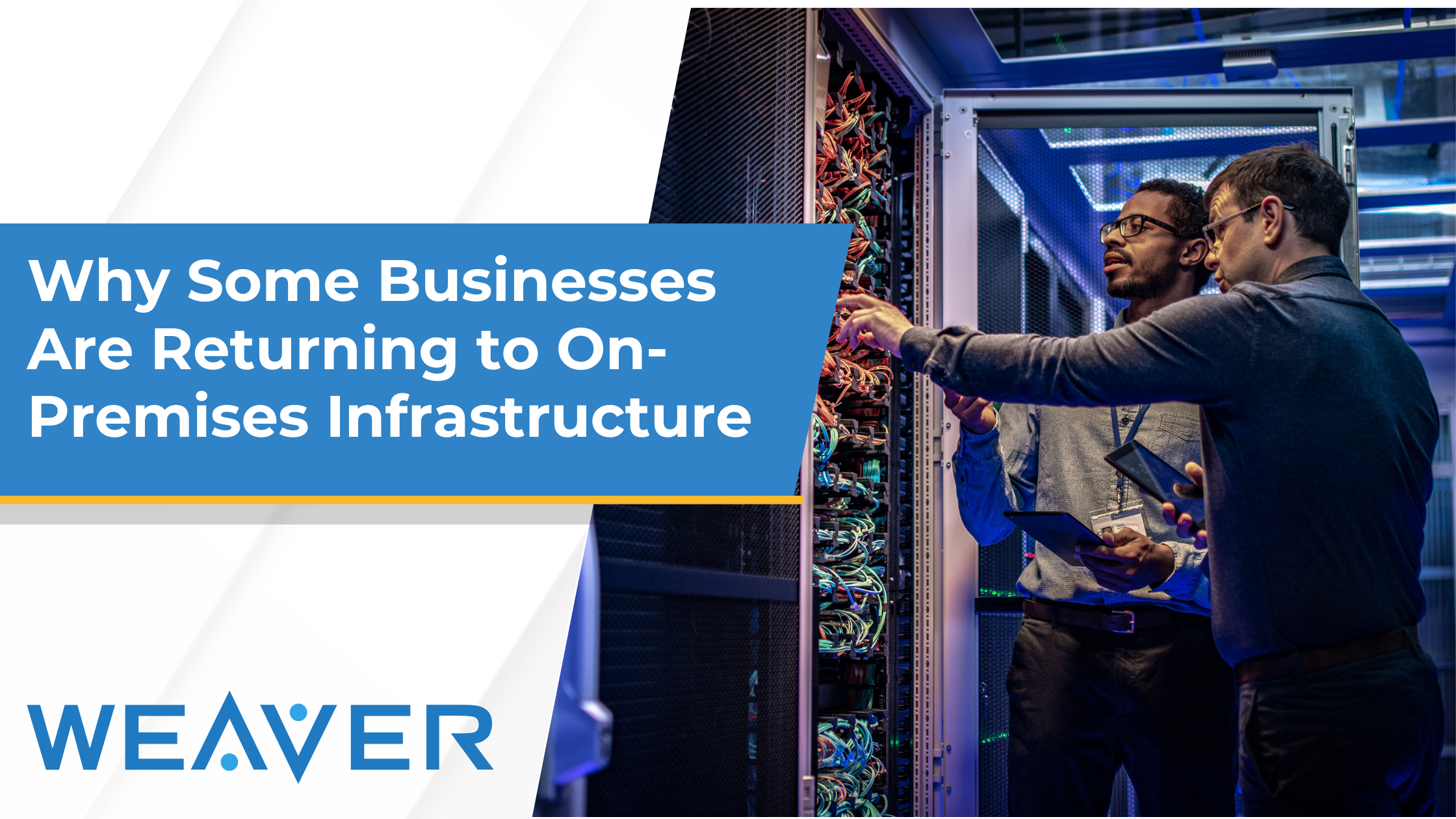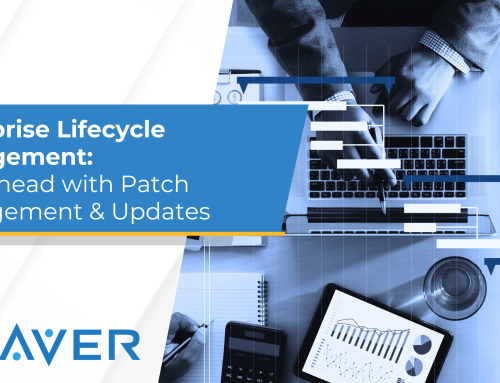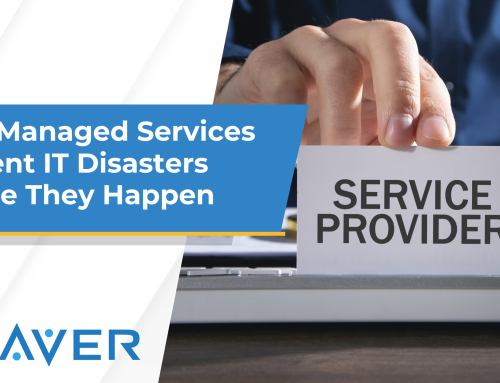The cloud revolutionized the way businesses store, manage, and access data, promising flexibility, scalability, and cost savings. Yet, despite its widespread adoption, many organizations are making the decision to move back to on-premises (on-prem) infrastructure. Why are businesses making this unexpected shift? Here’s why the cloud isn’t always the answer for every organization.
Rising Costs of Cloud Usage
While the cloud is often marketed as a cost-effective solution, many businesses are discovering hidden or escalating costs as their usage grows. Data egress fees, unpredictable consumption charges, and premium services can add up quickly, especially for businesses with large workloads or data-intensive operations.
Why On-Prem is More Cost-Effective:
- Predictable, fixed hardware and maintenance costs
- No data egress fees
- Full control over scaling without additional charges
Performance and Latency Issues
For businesses relying on high-performance applications, the cloud can sometimes introduce latency or inconsistent performance due to shared resources and the physical distance between users and data centers. On-prem infrastructure provides localized control, ensuring faster response times and better performance.
Key Benefits of On-Prem:
- Lower latency for mission-critical applications
- Consistent performance unaffected by shared environments
- Customization to meet specific workload demands
Enhanced Data Security and Compliance
With data breaches becoming more frequent, many businesses are concerned about the security of their data in the cloud. Certain industries, such as healthcare and finance, face strict compliance regulations that may make on-prem infrastructure a better fit.
Advantages of On-Premises infrastructure:
- Complete control over data security measures
- Easier compliance with local regulations
- Reduced risk of third-party breaches
Data Sovereignty and Control
Some businesses prefer to have full control over where their data is stored and how it’s managed. Cloud providers often store data across multiple regions, which can complicate compliance with laws like GDPR or HIPAA. On-prem solutions provide clarity and control over data sovereignty.
Why It Matters:
- Guaranteed control over data location
- Simplified adherence to regional data laws
- No reliance on third-party providers
Long-Term Stability and Customization
Cloud environments are designed for general use, which can limit the level of customization available. On-prem solutions allow businesses to build infrastructure tailored to their unique needs, offering greater control and long-term stability.
Benefits of On-Premises infrastructure:
- Fully customizable infrastructure
- No reliance on external service updates
- Stability without fluctuating service terms
The Hybrid Approach: A Balanced Solution
For businesses that see value in both models, hybrid solutions offer a balanced approach. By maintaining critical workloads on-prem while using the cloud for non-essential tasks, organizations can achieve the best of both worlds.
How Hybrid Helps:
- Keeps sensitive data on-prem
- Leverages cloud for scalability and storage
- Provides flexibility to adjust as needs change
Should You Switch Back to On-Prem?
The decision to switch back to on-prem is not one-size-fits-all. It depends on your organization’s specific needs, budget, and compliance requirements. While the cloud offers undeniable benefits, it’s essential to assess whether those advantages align with your business priorities.
Let Weaver Help you decide:
At Weaver Technologies, we understand the challenges businesses face when deciding between cloud and on-prem solutions. Our expertise can help you evaluate your current infrastructure, identify potential savings, and ensure your environment aligns with your business goals.
Contact us today to learn what the best solution is for your organization and how we can help!







